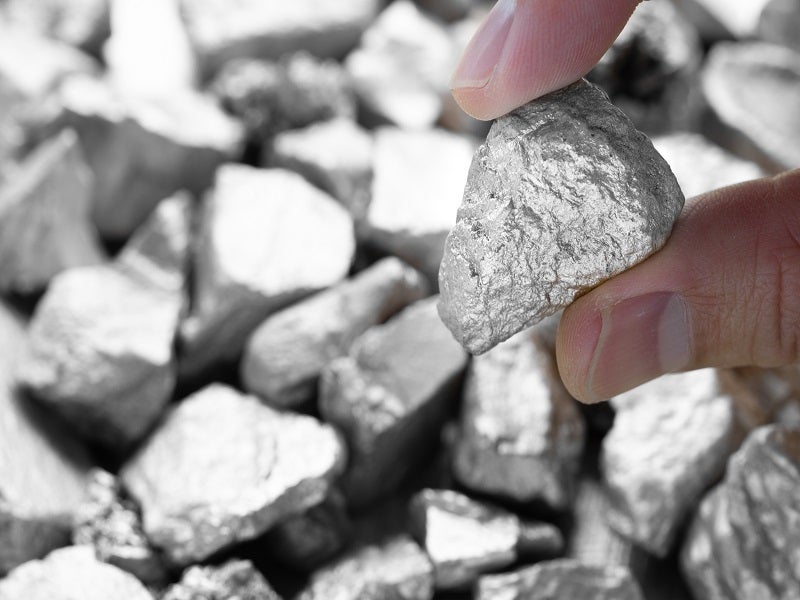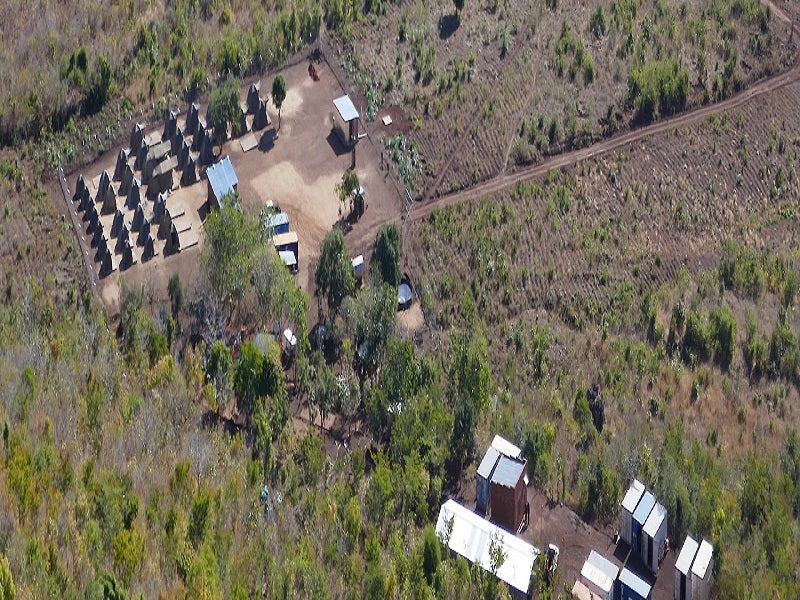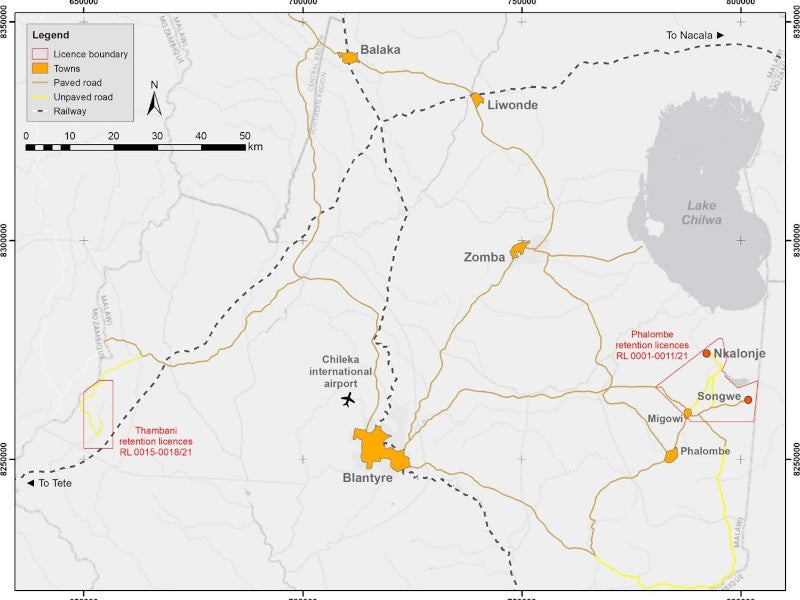The Songwe Hill rare earths project in Malawi, East Africa, is being developed by Mkango Resources, a mineral exploration and development company based in Canada. Mkango owns the mine through its subsidiary, Lancaster Exploration.
The pre-feasibility study for the mine was completed in 2014 while the definitive feasibility study (DFS) was completed in July 2022. The Malawi Environmental Protection Agency (MEPA) approved the environmental social health impact assessment (ESHIA) for the project in January 2023.
Mining at the project is expected to commence in February 2025, with production ramp-up expected to be achieved in July 2025 and full production scheduled in September 2025.
The mine is estimated to have an operational life of 18 years and will require an initial capital expenditure of $277.4m.
Ownership and investment details of Songwe Hill
The DFS [definitive feasibility study] for the Songwe Hill rare earths project was funded through a £12m ($15.79m) investment by Talaxis, a wholly owned subsidiary of Noble Group and developer of technology metals projects, under an agreement signed in November 2017.
Talaxis planned to invest the £12m ($13.64m) in three tranches in return for a 49% interest in the project. The company also had an option to acquire another 26% in Songwe Hill by arranging funding to develop the project.
Mkango commenced the feasibility study for the project after receiving a £5m ($6.9m) investment in Lancaster Exploration from Talaxis in January 2018 in return for a 20% interest in Lancaster.
Talaxis also invested £1m ($1.39m) in Maginito, another subsidiary of Mkango, in return for 24.5% interest in Maginito.
Mkango received an additional investment of £7m ($9.24m) in Lancaster in March 2019, increasing Talaxis’s interest in Lancaster from 20% to 49%, with Mkango holding the remaining 51%.
Mkango signed an agreement with Talaxis in August 2021 to acquire the latter’s 49% interest in Lancaster and 24.5% interest in Maginito. The transaction was completed in November 2021 and enabled Mkango to gain a 100% interest in the Songwe Hill mine.
Location and geology of Songwe Hill
Songwe Hill is situated in south-eastern Malawi, between Lake Chilwa and the Mulanje Massif. The property lies about 70km from the old capital Zomba and 90km from the commercial centre of Blantyre.
The Songwe Hill deposit has an 800m diameter and features steep sides. Carbonatite, fenite and breccias of fenite clasts with carbonatite matrix are the main lithologies at the deposit.
The carbonatites are primarily grey calcic carbonatites while the fenites mainly comprise K-feldspar rocks.
Mineralisation and reserves of the Malawi rare earths project
Songwe has extensive zones of rare earth mineralisation on the northern slopes of a steeply sloped hill.
Mineralisation occurs in all three geological domains, including carbonatites, fenites and breccias, but the carbonatites have the highest grades and the most consistent mineralisation.
The mineralisation is believed to be formed through sub-solidus hydrothermal alteration and carbonatite intrusion. Synchysite and apatite are the main rare earth-bearing minerals with mineralisation being closely associated with strontianite and baryte.
The mine was estimated to hold 18.14 million tonnes (Mt) of proven and probable mineral reserves grading 1.16% total rare earth oxides (TREO), as of December 2021.
Mining and processing at Songwe Hill
Open-pit mining will be employed at Songwe using relatively small trucks and diesel-hydraulic excavators that will be chosen based on the mining conditions and desired production rates.
The final pit will measure 660m from north to south and 550m from east to west. It will extend up to a depth of 354m on the south side and 134m on the north side.
The recovered ore will undergo hydrometallurgy processing comprising gangue leach and acid regeneration using sulphuric acid followed by caustic conversion of gangue leach residue and caustic evaporation and regeneration. The caustic conversion residue will be leached to recover rare earth minerals followed by purification and precipitation to produce mixed rare earth carbonate (MREC).
The purified MREC is planned to be processed at the proposed Pulawy rare earths separation plant that will produce neodymium, praseodymium, didymium (NdPr) oxides, rare earth enriched carbonate and lanthanum cerium carbonate. Mkango and Grupa Azoty Pulawy, a chemical company based in Poland, are collaborating on the construction of the separation plant.
The annual processing capacity of the mine is approximately 1Mtpa of ore to produce an average of 5,954tpa of TREO in MREC for the first five years and 4,081tpa of TREO in MREC for years six through 18.
Additionally, 56tpa of dysprosium and terbium oxides and 1,953tpa of neodymium and praseodymium oxides in MREC grading 55% TREO will be produced.
Infrastructure at the Songwe Hills rare earths project
The Songwe Hill rare earths project has a reliable rail, road and electrical infrastructure as well as ongoing development of new infrastructure. The mine can be reached by road from Blantyre, Malawi’s major economic hub that includes a railhead and international airport.
Paved roads connect urban areas within 12km of the project. Vehicle access to the site is provided by secondary gravel and dirt roads, and recently upgraded bridges that can allow 20t trucks.
The electricity required for the Songwe project will be supplied through a 24MW solar facility that will be supplemented with grid power. Mkango is also considering wind power to further enhance and diversify the renewable energy mix.
Water for processing and potable use is expected to be sourced from groundwater.
Contractors involved
Mkango contracted SENET, a DRA Global company, to serve as the lead consultant for completing the DFS.
Mining and mineral processing company Bara Consulting was contracted to develop the mine plan.
The MSA Group, an exploration, geology and mineral resource estimation consulting firm, was contracted to complete geology, mineral resource and geotechnical investigation works while mineral processing consultancy Grinding Solutions and Keramos were responsible for comminution.
Other consultants involved in the DFS include Australian Nuclear Science and Technology Organisation (hydrometallurgy), KYSPY Investments and ALS Metallurgy (flotation), Epoch (tailings storage), SGS Australia (geochemistry), Western Geotechnical and Laboratory Services (geotechnical test work), and Steinweg Bridge (logistics).
The environmental, social and health impact assessment was carried out by environmental consulting firms Digby Wells Environmental and Kongiwe Environmental.
Mkango received assistance with pricing forecasts and market analysis for the project from Adamas Intelligence, an independent research and consulting services firm.
Canada-based business and litigation law firm Fasken advised Mkango on the agreements signed with Noble Group and Talaxis.






